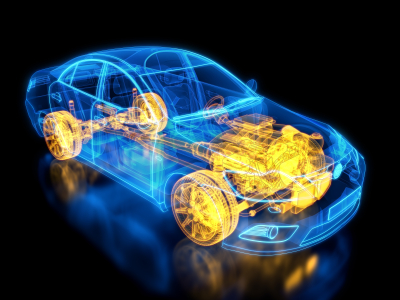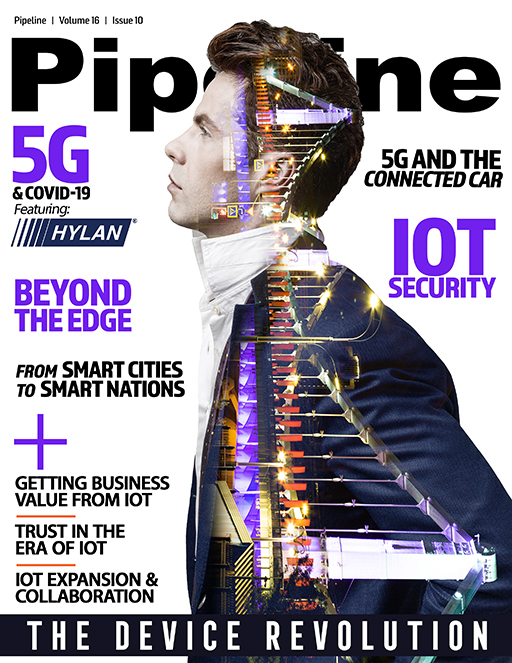Solving Connectivity Challenges for Connected Cars
By: Ankur Bhan

Connected cars are no longer the stuff of sci-fi movies. They are fast becoming a reality as well as one of the most significant advancements in the automotive industry over the last 50 years. Global market analysis from Omdia outlined that there will be 180 million connected vehicles on our roads by the end of 2020, with all new cars expected to be connected by 2022. They will use cellular connectivity and a multitude of on-board sensors to interact with the outside world, supporting cloud-based telematics, infotainment and other services to improve comfort and safety.
One of the big challenges in making the connected car a part of our everyday lives is that the automotive and telecommunications industry ecosystem must work closely together to make it a reality. This ecosystem will involve the connectivity and collaboration of telco service providers, platform and device providers, car manufacturers, map providers, SIM vendors, road operators and many others. Change is also coming to the relationship between automotive manufacturers and the consumer, with manufacturers wanting constant connection to their cars and customers across a global footprint. Reliable and secure connectivity is necessary to monitor and maintain increasingly intelligent vehicles and to create new avenues for revenue opportunities from connected car consumers.
Although connectivity is the ignition key for all of this, there is also a need for a new generation of networks. This type of network must be designed to meet the unprecedented demand for latency, volume and velocity of data and a growing density of devices. 5G will play a key role in this challenge, enabling cellular vehicle-to-everything (C-V2X) applications that will allow vehicles to communicate with each other, with traffic signals and with other roadside units. 5G will also enable areas such as sharing sensor data, such as video from the car in front; control information to allow vehicles to drive in close formation, saving road space; exchanging vehicle trajectories to prevent collisions; and protecting vulnerable road users like pedestrians and cyclists.
This type of connectivity poses a real challenge, but it is one that new technology can overcome. The introduction of 5G New Radio will enable higher data rates and lower latencies for V2N network communications. The first deployments in commercial vehicles are expected to start as early as 2021, and following 3GPP’s Release 16, there will be even lower latency and higher reliability to support V2V (vehicle-to-vehicle) and V2I (vehicle-to-infrastructure) type communication, often referred to as 5G-V2X.
Safety First
Assisted and automated driving enabled by C-V2X will support advanced safety, for example, the coordination of vehicle operations and sensor sharing, which will result in a significant safety leap. However, getting there will require ultra-low latency, five nines or better reliability and very high bandwidth. Our automotive future will be well connected, and for automotive OEMs to generate the returns needed to bring this future to light, they will need the capability to address these opportunities on a global scale. The mobile network operators that serve the automotive industry will need solutions to offer a consistent service level and the ability to scale quickly as the automotive market changes.
Infotainment is another connected car service that has the potential to drive increased value but is highly dependent on global IoT connectivity to support well-integrated and immersive experiences. Autotrader has identified it already as a top consideration for new car buyers, with 89 percent of buyers in the US saying they are willing to wait for must-have tech features.
Buyers want rich, immersive multimedia experiences that go beyond playlists on a Bluetooth-tethered smartphone. They want integrated, personalized, high-definition streaming experiences. Infotainment systems will become commerce and advertising platforms, and this evolution will require significantly improved connectivity.



















